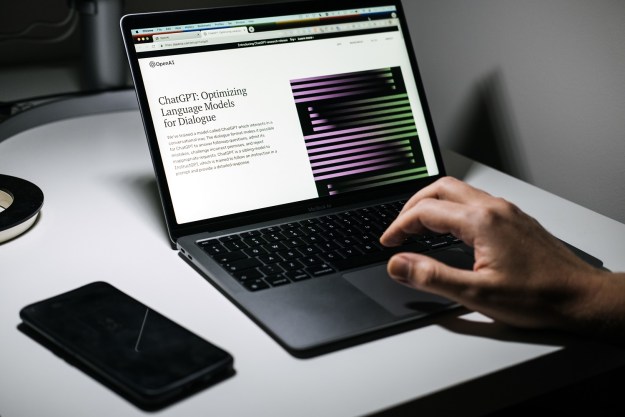Just three months after its initial release, Microsoft has unveiled an evolution of Bing Chat that adds some key new features — and in some ways, takes it beyond what can be done with ChatGPT.
Bing Chat has officially left its Limited Preview stage, eliminating the waitlist and opening up access to all. This new version of Bing Chat can be accessed through Bing and the Edge browser by logging into your Microsoft account. Once there, you’ll find access to these four new features that greatly expand what Bing Chat’s AI capabilities can do.
Visual answers

The most noticeable change to Bing Chat is its emphasis on visuals. Rather than just answer prompts with text only, Bing Chat will now toss in various visuals, photos, and graphics — completely on its own. These are similar to what is already available in traditional Bing search, where Knowledge cards and “visual” search results will appear.
Though we didn’t get an example of this, Microsoft even says video will be a part of this new visual search more and more in the future. Videos will open and play directly in the chat interface without requiring a new tab, with even YouTube supported.

Bing Chat will now respond to questions or prompts with charts, graphs, and “updated formatting” of answers. This updated formatting might include bulleted lists, bolded text, and more. This is a feature ChatGPT is already good at, but it’s nice to see Bing Chat support it also.
Multimodal support
Multimodal support was announced for GPT-4 earlier this year, but it still hasn’t been rolled out. Now, according to Microsoft, Bing Chat will also get the ability to receive visual input rather than just text.
This is similar to visual search, except backward. Bing Chat will be able to analyze and interact with images in the same way it can with text. In addition to prompting Bing Chat with an image, you’ll also be able to insert a link and ask a question that’s contextually related to what’s in the image or link. This is something we’ve seen work in projects like MiniGPT-4, but having it built right into the freely accessible Bing Chat is fantastic.
Third-party plugins
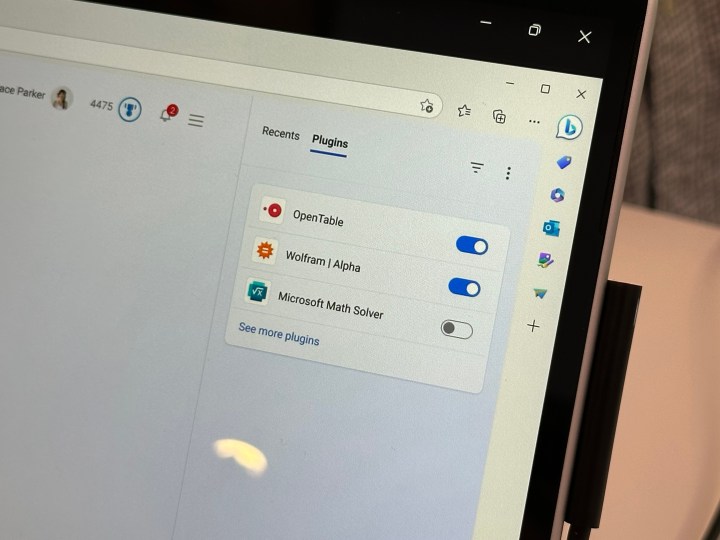
Plugins have been available in ChatGPT Plus for a while, but having plugins for a completely free service is new. For now, Microsoft has shared just three partners: OpenTable, Wolfram Alpha, and Microsoft Math Solver. These plugins will augment the answers of Bing Chat to give it extra capabilities, such as the ability to make a reservation through OpenTable. These plugins can be accessed via the Bing Chat Copilot in the Edge browser.
Plugins aren’t yet available, but Microsoft says there will be more details about it coming at Microsoft Build later this month.
Bing Image Creator in 100 languages
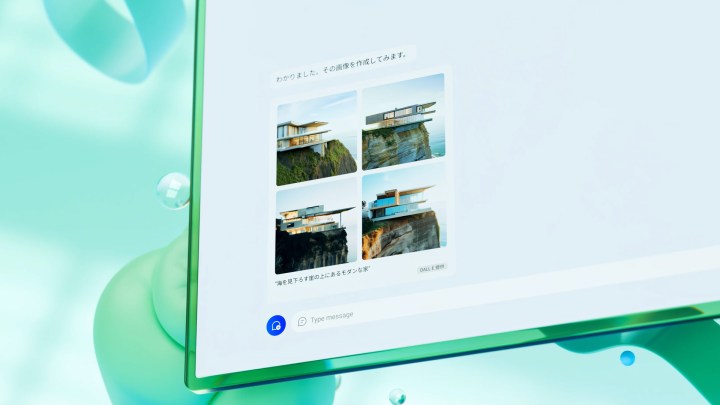
Bing Image Creator is only around a month old, but access to it has involved a slow rollout. Bing Image Creator has been available through bing.com/create, but the integration into the Edge Copilot has been limited. This is important because the integration in Edge Copilot is much more powerful, allowing you to generate images based on the flow of the chat.
Now, not only is Bing Image Creator available for all, it can even be used in 100 different languages worldwide. ChatGPT currently supports 50 languages for its text-only chatbot, but Bing Image Creator having support for over 100 languages is impressive.
Export and share
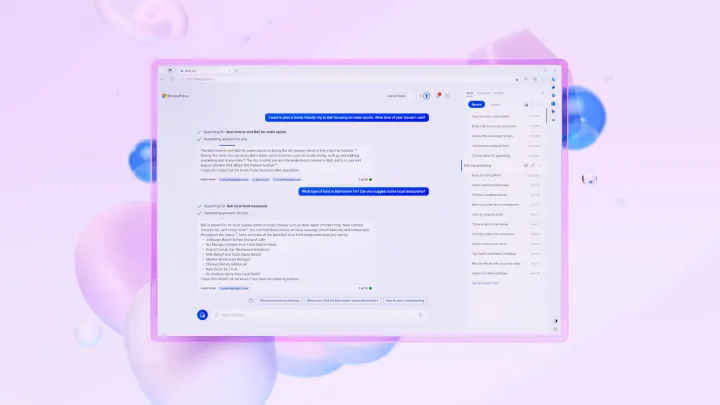
Another new feature in Bing Chat is the ability to export and share content from the chats. Right now, getting content out of ChatGPT involves lots of copying and pasting, but the ability to export or share your content with one click should be handy, especially when dealing with lots of bits of text or photos. When exporting, the conversations stay in the exact same format.
Connected to this, Bing Chat is finally bringing chat history as a feature as well. This is something ChatGPT has always had, but it’s become the most highly requested feature for Bing Chat ever since its launch. Microsoft says chats are going to be more personalized over time, by “bringing context from a previous chat into new conversations.” Chat history, when launched, will appear in the sidebar over Edge, split into “recent” and “saved” tabs.
Better integration into Edge
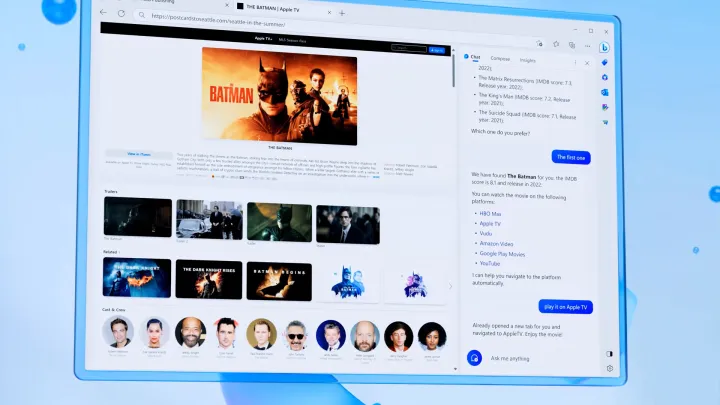
Along with the announcement of the new version of chat, Microsoft is also announcing a new version of the Edge browser. Because Microsoft has tied Bing Chat to Edge from the very beginning, this means Edge has lots of new AI-specific features. They’re all in beta at the moment, but this new version of Copilot in Edge includes the ability to “organize my tabs,” which automatically pulls them into groups based on content and context. You can ask Bing to change your browser settings, or even summarize and analyze long documents or websites open in the browser.
This deep integration into Edge allows Bing Chat to interact with live content on the web, whereas ChatGPT remains limited to web content in 2021 or earlier.
Alongside the new AI features, this new version of Edge will also get a visual refresh, adding floating tabs with rounded corners, semitransparent elements, and an overall more streamlined look.
Editors' Recommendations
- OpenAI’s new tool can spot fake AI images, but there’s a catch
- Bing Chat’s ads are sending users to dangerous malware sites
- This powerful ChatGPT feature is back from the dead — with a few key changes
- Microsoft Bing and Edge are getting a big DALL-E 3 upgrade
- Most people distrust AI and want regulation, says new survey


